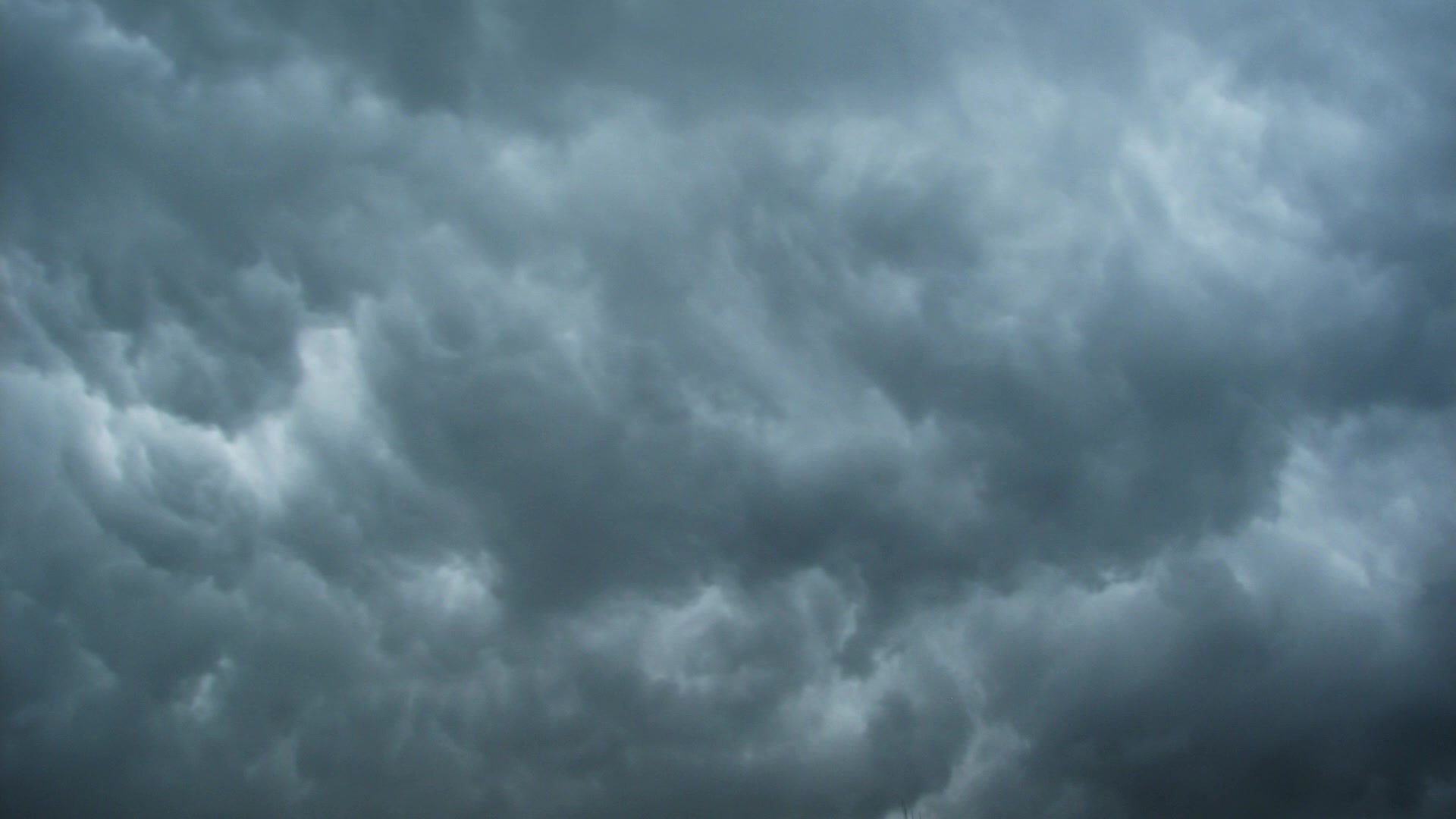

HISTORY
In the middle of October 1944, about 500,000 soldiers -- were cut off from the rest of the German army and encircled. To the east and the south was the Soviet army, to the north and the west -- the Baltic Sea. The Latvians called it Kurzemes katls, the Kurland kettle; the Germans called it Festung Kurland, Fortress Kurland.
Thirty-three divisions of the Army Group North—commanded by Ferdinand Schörner—were cut off from Prussia and spread out along a front reaching from Riga to Liepāja, retreating to the more defensible Courland position, abandoning Riga.
Soviet forces launched six major offensives against the German and Latvian forces entrenched in the Courland Pocket between 15 October 1944, and 4 April 1945.
From 15 to 22 October 1944 — Soviets launched the Riga Offensive Operation on the 15th at 10:00 after conducting a heavy artillery barrage.The front stabilised with the main remnant of Army Group North isolated in the peninsula.
From 27 October to 25 November — Soviets launched offensive trying to break through the front toward Skrunda and Saldus including, at one point initiating a simultaneous attack by 52 divisions. Soviets also attacked southeast of Liepāja in an attempt to capture that port. 80 divisions assaulted the Germans from 1 to 15 November in a front 12 km wide. Despite the 10:1 advantage in manpower, the Soviets seized only a strip of land roughly 4 by 12 km in size.
The 3rd grand battle (also known as "the other Christmas Battle") started on 21 December with a Soviet attack on Germans near Saldus. The Soviet 2nd Baltic (northern sector) and 1st Baltic Fronts (southern sector) commenced a blockade, precipitating the German defence of the Courland perimeter during Soviet attempts to reduce it.
The battle ended on 31 December and the front was stabilized. The Soviets had gained a few more square kilometers of territory at the expense of tremendous losses in men, tanks, aircraft, etc.
On 15 January 1945, Army Group North was renamed Army Group Courland (Heeresgruppe Kurland) under Colonel-General Dr Lothar Rendulic.
On 23 January Soviets launched offensive trying to break through the front toward Liepāja and Saldus. They managed to take the bridgeheads on Bārta and Vārtāja rivers but were soon driven off by the Germans.
The 5th grand battle started on 12 February with a Soviet attack against the Germans towards Džūkste. Other attacks took place south of Liepāja where the Soviets massed 21 divisions, and south of Tukums where 11 divisions tried to break through the German front and take the town; 4 of those 11 divisions were surrounded and destroyed. On 16 February the Soviets started an offensive against the 19th Division. Again savage fighting took place for the possession of a few farmhouses. The battle ended on 12 March
The last grand battle in Courland began on 16 March during the spring thaw and lasted until 30 March. The Germans near Saldus were pushed back a few miles. The 19th Division was replaced by a few German units and was used to counter-attack the Soviet breakthrough. It stemmed the Soviet advance and regained some of the positions lost by the Germans.
On 8 May, Germany's Head of State (Staatsoberhaupt) and President (Reichspräsident) Karl Dönitz ordered Colonel-General Carl Hilpert—the Army Group's last commander—to surrender.
By 12 May, approximately 135,000 German troops surrendered in the Courland Pocket.
Respect to the character of the fighting in Courland tough Wehrmacht and Latvian soldiers, many were never heard of again.

